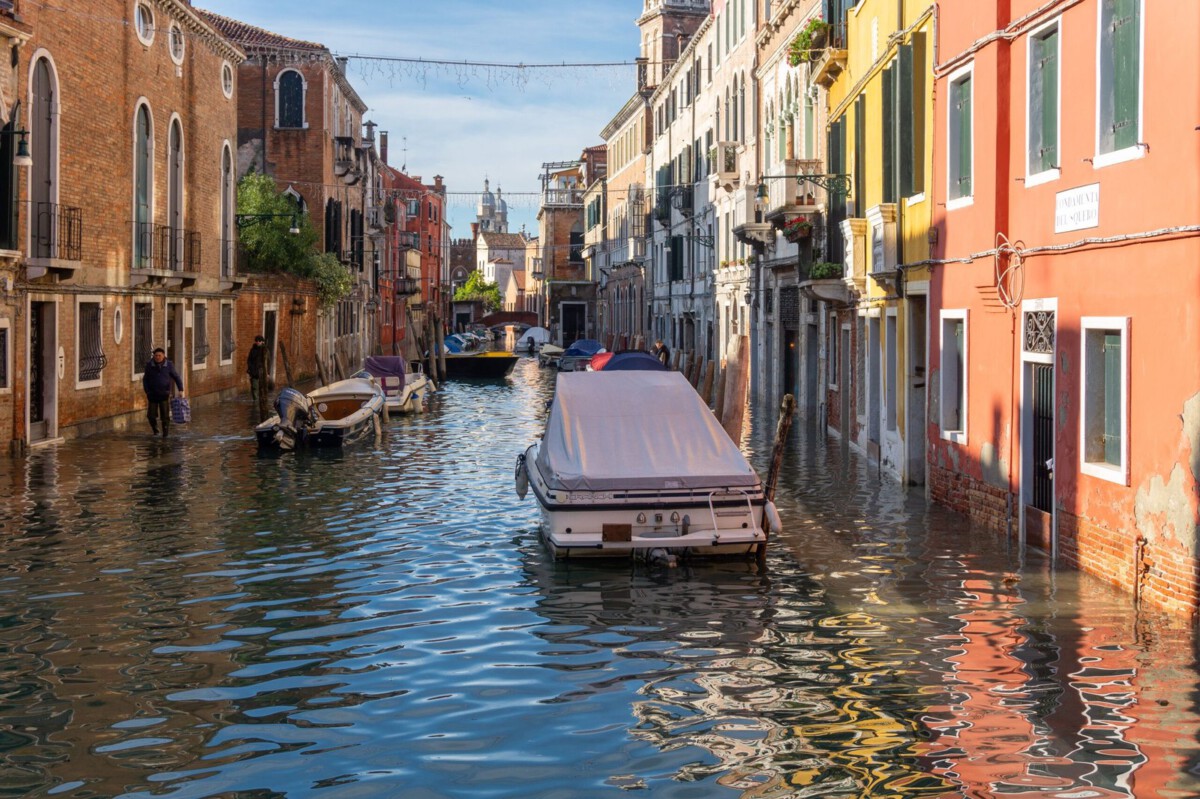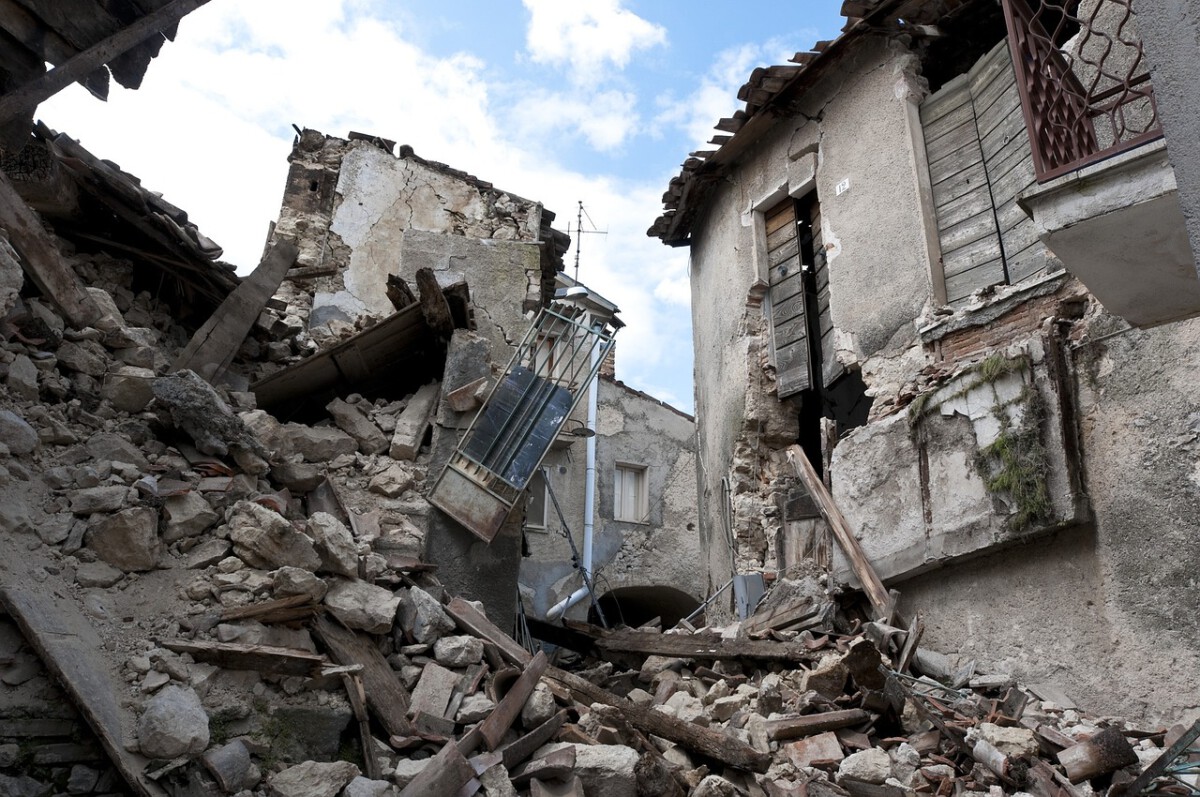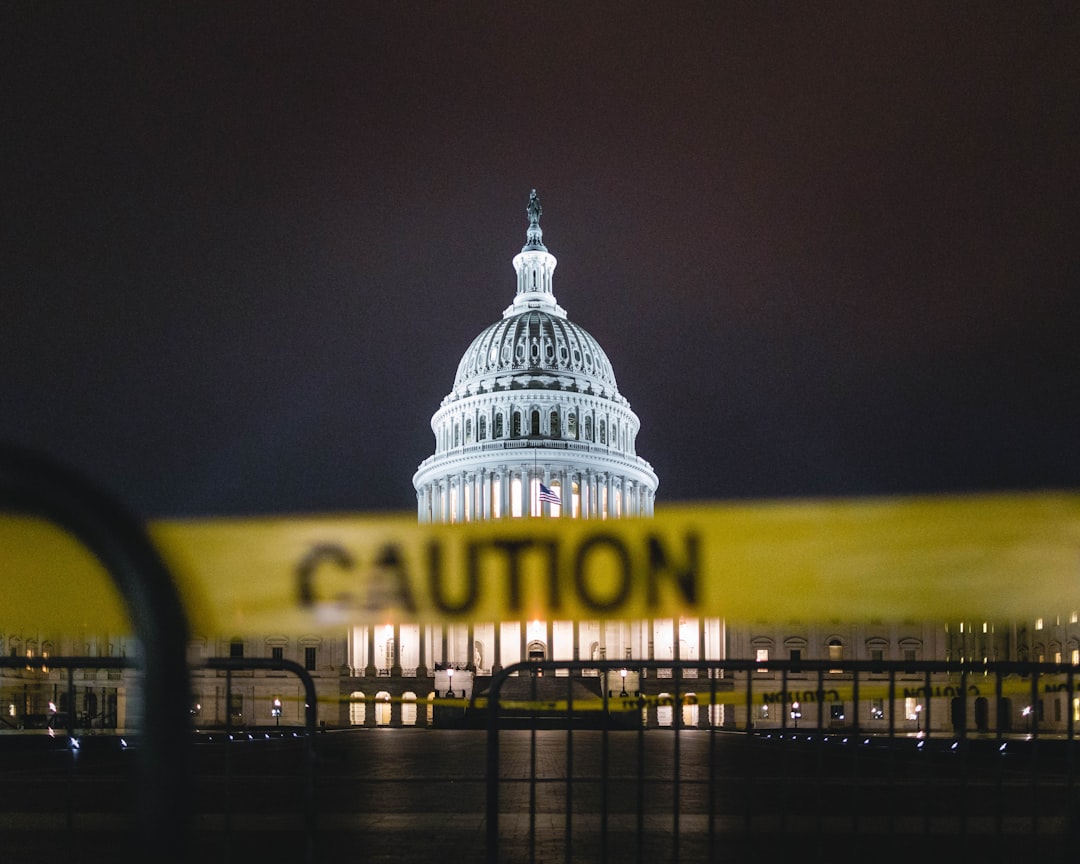Bhutan: Preserving Culture Over Tourism

Bhutan stands out for its strict tourism policy, which is rooted in the belief that happiness and cultural integrity outweigh mass tourism profits. The government has enforced a “High Value, Low Impact” approach for years, charging high daily fees and limiting visitor numbers. In 2025, the number of tourists soared by 28%, sparking alarm among officials who worry about the erosion of local traditions and environmental strain. The Bhutan Tourism Board reports that the country is considering a full ban on tourists during certain festival periods to protect sacred customs. Locals have shared concerns about crowded temples and disrespectful behavior from some visitors. Despite the steady income from tourism, Bhutan’s leaders are determined to safeguard their unique way of life. The government’s stance is that short-term financial gain should not come at the cost of cultural preservation. Many Bhutanese say they support stricter rules, even if it means fewer tourists and less money.
Venice, Italy: Battling Overtourism

Venice has reached a tipping point with tourism, as millions of visitors flood the city’s narrow streets and iconic canals each year. The city council introduced a booking system for day-trippers in 2025, but this hasn’t stopped the overwhelming crowds. Pollution, erosion, and strain on Venice’s ancient infrastructure have reached alarming levels, according to Venice City Council reports. Residents have protested, claiming their city is turning into a “theme park” rather than a real community. Authorities are now discussing a full ban on tourists during high water (acqua alta) months to reduce damage and give the city time to recover. Reports show that Venice’s population is shrinking while tourist numbers skyrocket, leading to a loss of local character. The city is also considering strict limits on tour groups and cruise ships. Many Venetians believe that dramatic action is needed before the city is irreparably changed.
Machu Picchu, Peru: Protecting Heritage Sites

Machu Picchu, one of the world’s most famous archaeological sites, is under increasing pressure from record-breaking tourist numbers. The Peruvian Ministry of Culture notes that daily visitor limits have been exceeded several times in 2025, putting both the ruins and the mountain ecosystem at risk. Erosion, trash, and path widening have all accelerated, threatening the fragile Incan site. To address this, officials are considering seasonal bans and even temporary closures to allow restoration work. Local guides have complained about the rush of poorly supervised tour groups and disrespectful behavior on sacred grounds. Conservationists argue that unchecked tourism could cause irreversible damage in just a few years. Government plans include stricter ticketing and timed entry, but a total ban during festivals or rainy season is now under review. Studies warn that Machu Picchu’s World Heritage status could be threatened if urgent steps are not taken.
Thailand: Environmental Concerns

Thailand’s beautiful islands and beaches attract millions, but environmental experts warn that the country’s ecosystems are being pushed to the brink. In 2025, the Thai Ministry of Tourism and Sports announced that some islands, such as Koh Phi Phi and Maya Bay, may face long-term tourist bans. Coral bleaching, plastic pollution, and habitat destruction are growing problems, with marine biologists recording a sharp decline in fish populations around popular dive sites. Tourism brings in billions of dollars, but the environmental costs are mounting. Temporary closures have helped some areas recover, but calls for permanent restrictions are getting louder. The government is weighing a complete ban on tourists during certain months to let ecosystems heal. National park rangers say the damage is visible, with piles of trash and trampled vegetation in once-pristine locations. The debate now centers on whether short-term bans are enough or if Thailand needs to rethink its entire tourism strategy.
Iceland: Managing Visitor Numbers

Iceland’s popularity has exploded in the past decade, with the Icelandic Tourist Board reporting that visitor numbers have doubled since 2020. The surge has led to erosion of volcanic landscapes, overcrowding at waterfalls and hot springs, and strain on local infrastructure. In 2025, the government proposed strict quotas for popular sites, and some towns have even suggested tourist-free periods. Environmentalists warn that Iceland’s delicate mosses and lava fields take decades to recover from trampling. Locals voice concerns that the influx of visitors is driving up rental prices and changing the fabric of small communities. Authorities are now considering outright bans on tourists in certain regions during peak summer months. Investments in sustainable infrastructure are underway, but many believe that regulation alone won’t solve the problem. The debate over how to keep Iceland wild while supporting the economy is more heated than ever.
Bali, Indonesia: Cultural Preservation

Bali’s spiritual traditions and lush landscapes have always attracted travelers, but the sheer volume of tourists is taking a toll. In 2025, the Bali Cultural Preservation Society reported a spike in complaints about sacred sites being disrespected and ceremonies disrupted. Local leaders are pushing for bans on tourists in specific temple areas and during major religious festivals. The island’s roads and waste systems are struggling to cope, while pollution and water shortages worsen in tourist hotspots. Many Balinese feel that their culture is becoming “watered down” to entertain foreigners. Efforts to promote responsible tourism haven’t kept up with demand, leading to calls for stricter enforcement and even seasonal bans. Some villages have already started limiting Airbnb rentals and closing off certain beaches. The government is examining whether more drastic action, like banning tourists during key times, is needed to protect Bali’s soul.
Galápagos Islands, Ecuador: Protecting Biodiversity

The Galápagos Islands are a living laboratory of evolution, but rising tourism is putting their unique ecosystems at risk. In 2025, the Galápagos National Park Authority noted a 25% increase in visitors, with many ignoring protected zones and rules. Conservationists warn that invasive species, pollution, and habitat destruction are accelerating as tourist numbers climb. The government is now considering bans on tourists in critical nesting and breeding areas during sensitive months. Stricter limits on cruise ships and tour operators are also under discussion. Local guides have reported seeing more litter and wildlife disturbances than ever before. The balance between tourism revenue and conservation is a constant struggle. Some experts say that unless drastic action is taken, the very wildlife that attracts visitors could disappear.
Barcelona, Spain: Local Discontent

Barcelona is world-famous for its architecture and nightlife, but residents are increasingly fed up with the constant crowds. In 2025, the Barcelona City Council reported a surge in protests against overtourism, with many neighborhoods demanding bans on short-term rentals and tourist groups. Rents have soared, forcing locals out, and public spaces feel more like tourist attractions than community hubs. Authorities are considering restrictions on tourists in key areas like the Gothic Quarter and La Rambla during festivals. The city is also looking at limiting licenses for hotels and tour operators. Local businesses are divided, with some benefiting from tourism while others struggle with noise and congestion. Many citizens feel their quality of life is being sacrificed for tourist dollars. The pressure is building for city leaders to act before Barcelona loses its soul.
Santorini, Greece: Managing Crowds

Santorini’s whitewashed cliffs and blue domes draw millions each year, but the island is straining under the weight of its own popularity. The Santorini Tourism Office reports that cruise ship arrivals have doubled since 2021, causing daily congestion in the island’s tiny villages. In 2025, local authorities announced plans to cap visitor numbers and possibly ban tourists during peak weeks to ease infrastructure strain. Residents complain about overwhelmed roads, water shortages, and rising prices. The government is also considering bans on large tour groups and stricter rules for Airbnb hosts. Environmentalists have warned that the island’s delicate landscape can’t withstand much more. The debate now centers on whether tourism should be allowed to grow unchecked or if Santorini must close its doors, at least temporarily, to recover. The stakes are high for both the economy and the island’s unique character.
Dubrovnik, Croatia: Protecting Heritage

Dubrovnik’s medieval walls and stunning Old Town have made it a blockbuster tourist destination, but success has come at a price. In 2025, the Dubrovnik Heritage Protection Agency warned that the city’s infrastructure is buckling under the pressure of millions of visitors. Ancient stones are wearing down, and local shops are being replaced by souvenir stands. Authorities are debating bans on tourists during major events and limiting cruise ship docks. Residents fear their city is becoming a backdrop for selfies rather than a living community. Strict ticketing for entry to the Old Town and bans on large tour groups are also under consideration. The city council is under pressure to act before Dubrovnik’s World Heritage status is put at risk. The future of this historic gem hangs in the balance as leaders weigh economic gains against cultural survival.








